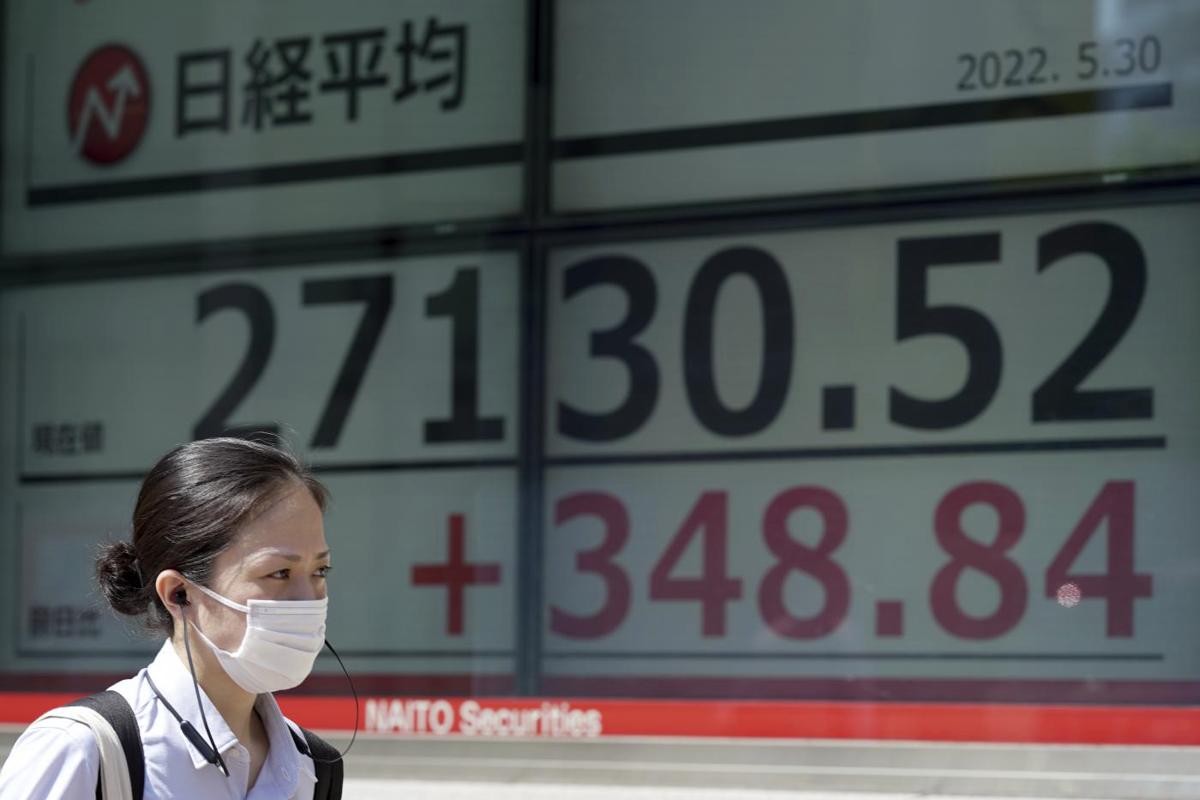Manufacturing activity, record growth in China. But the recovery is not yet stable
China has restarted. At least that’s what data released today on manufacturing activity seems to demonstrate, which expanded in February at the fastest pace in more than a decade. exceeding expectations thanks to the increase in production after the lifting of restrictions due to the Covid-19 pandemic at the end of last year. A comforting sign, given the enormous difficulties dictated by the very tough zero Covid strategy that had been imposed by the Beijing government until last December.
The manufacturing purchasing managers’ index (PMI) rose to 52.6 from 50.1 in January, breaking the 50-point threshold separating expansion from contraction in China, according to China’s National Bureau of Statistics. activity. The PMI far exceeded analyst forecasts of 50.5 and was the highest reading since April 2012.
Construction activity, which is part of the official non-manufacturing PMI, posted further growth to 60.2 from 56.4, thanks in part to the resulting boost in infrastructure spending and increased funding to help developers to complete stalled projects. The services business also continued to grow, with improvements in the transportation and housing sectors.
Said this, the broader outlook remains mixed, as the country’s major trading partners grapple with rising interest rates and cost pressures. And it should be considered that the increase is compared to a month in which manufacturing activity had suffered a series of side effects due to the wave of coronavirus infections that had followed the easing or removal of restrictions.
China’s central bank said the national economy is expected to experience a general recovery in 2023, although the external environment remains “severe and complex”. But the government knows that the foundations for the recovery are still fragile. It is no coincidence that in the final communiqué of the second plenum of the 20th Central Committee of the Communist Party, concluded on February 28, much emphasis is placed on the need to pursue economic “stability” in the face of an internal and global scenario that presents various challenges.
The worrying scenarios on pensions and health care
On the internal front, there are some worrying data that can open up worrying scenarios for the future. As China’s 1.4 billion population declines and ages, due in part to a policy that limited couples to one child from 1980 to 2015, the pressure on pension budgets is mounting. Indeed, there are already cracks in the system. According to Reuters, 11 of 31 provincial-level Chinese jurisdictions have a pension budget deficit, cwith that of Heilongjiang which is the largest, equal to -2.4% of GDP, according to data from the Ministry of Finance.
The state-run Chinese Academy of Sciences predicts that the pension system will be exhausted by 2035. The social consequences could also be serious. In recent weeks, several pensioners have taken to the streets to protest, particularly in Wuhandue to the cut in healthcare motivated by the fact that the local authorities are now seeing their coffers quite dry after the enormous expenses they have been forced to make in recent years to maintain the scaffolding of the zero Covid strategy.
China’s pension system is largely administered provincially, predominantly on an apportionment basis, meaning that contributions from the active workforce pay for the pensions of those who have retired. In 2018, China created a special fund to transfer pension funds from richer provinces, such as Guangdong, to those in deficit, but economists consider it only a stopgap.
Many experts suggest the implementation of a more resourced central government-backed unified national pension system. We’ll see, but the road to reform is also complicated because at that point the problems would precisely be pointed towards Beijing and no longer towards decentralized governments. Meanwhile the government tries to boost the birth rate as the historic population decline started in 2022 could add problems in the medium term. Also from the point of view of welfare and pensions.
This year, India’s population is expected to surpass that of China, che in 2022 recorded the lowest birth rate ever, equal to 6.77 per 1,000 people. In the future, Beijing could see its role as engine of the global economy partially reduced, with the internal concern of having to review the costs of assistance to the government for the elderly.
Subscribe to the newsletter
